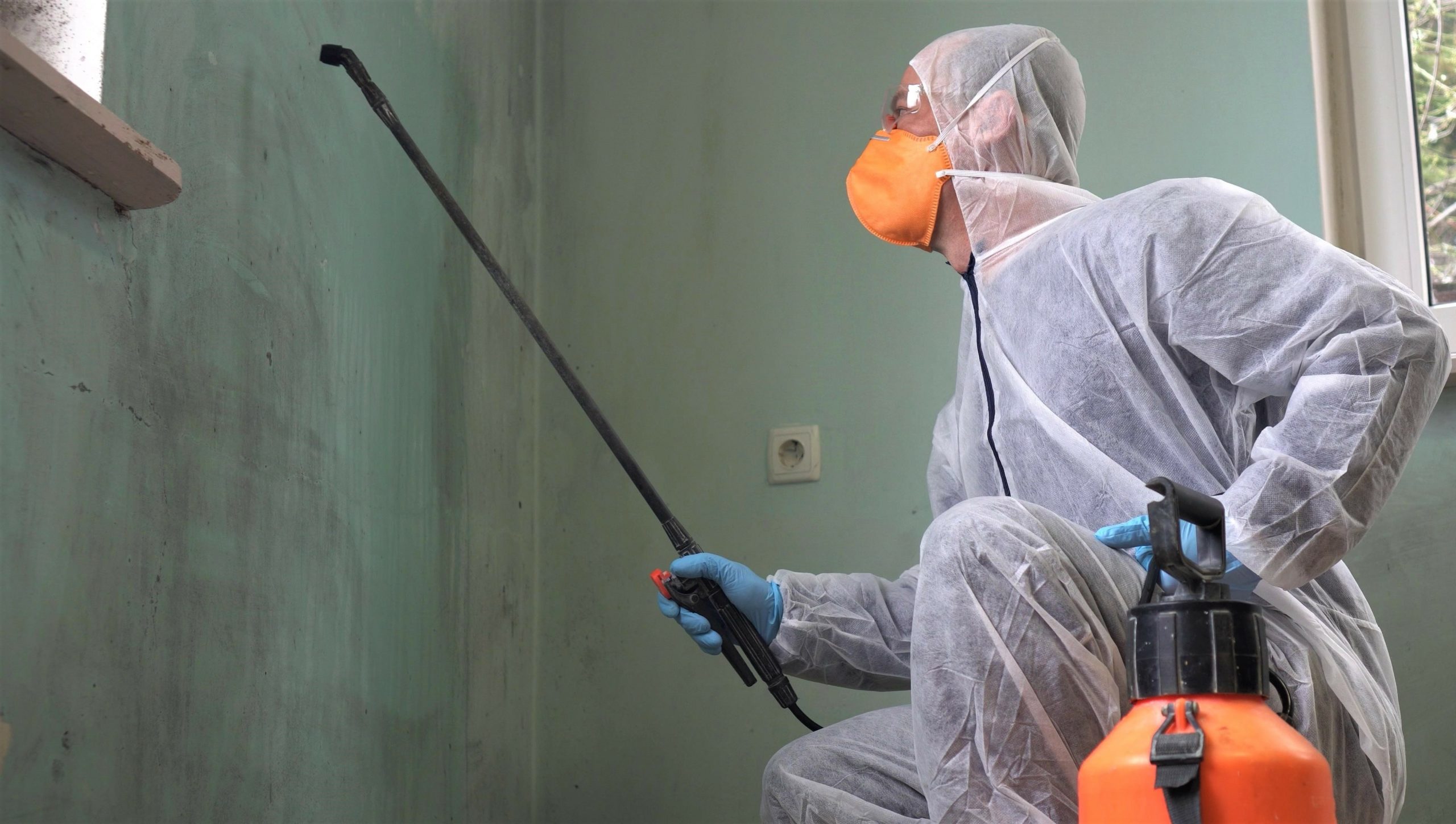Leather – which comes in three varieties – requires some special attention when cleaning and getting out stains
Whether it’s the loveseat in your den or the seats in your car, leather is a popular choice. It looks nice and is comfortable (except when you’re wearing shorts on a hot summer day). According to the Institute of Inspection, Cleaning and Restoration Certification, leather furniture “is the fastest-growing segment of the furniture manufacturing industry, with numbers approaching 30 percent of the retail market.”
But leather – which comes in three varieties – requires some special attention when cleaning and getting out stains.
Your best bet when removing stains of any variety is to treat the stain as soon as possible. The longer it sits, the harder it is to remove. When cleaning leather, wipe with a damp cloth and pH neutral soap or soap for sensitive skin and then wipe with plain water.
For a particularly severe stain or if the stain has been on the leather for quite some time, you will most likely want to call in a professional. Members of the Association of Specialists in Cleaning and Restoration can help along with anyone certified by the Institute of Inspection, Cleaning and Restoration Certification.
It’s important to realize the various types of leather and how to treat each one. Aniline finishes look natural but are not protected so they often show surface texture and markings. Protected leather is the most common because of its resistance to wear and tear. Nubuck leather is very soft and often confused with suede. But it is unprotected and not often used for upholstery. Some unfinished leather may also be dyed different colors. Unfinished leather is more likely to soak up cleaning solutions, which can lead to further damage, according to IICRC.
Professionals will be able to assess the kind of leather you have and determine the best cleaning method.
For more tips and information on cleaning leather, visit the Housekeeping Channel and search for “cleaning leather.”






